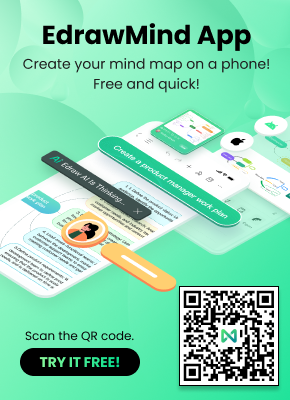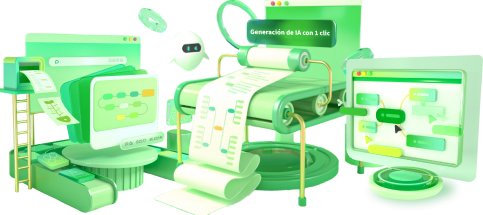What is a Decision Tree - EdrawMind
Create Your Decision Tree NowHave you ever thought about assessing your personal or career decisions methodologically so you can minimize the risks and increase the chances of your success? A decision tree can help you! It can help the decision-makers in strategic planning by mentioning all the series of actions. A branch tree is like a flow chart diagram to show the expected results of various decisions. So it can be used in research, strategic management, and planning logistics. Below is a detailed decision tree analysis!

The Definition of Decision Tree
A decision tree is a kind of probability tree, a visualization of working through all the options of a particular situation to assess the possible outcomes. It is intuitive to understand and all about the “If, This, Then, That” statement. Whether you need to decide about an ongoing job, career, making an investment, or starting a business, the decision tree helps you deeply analyze the outcomes and plan a strategy for the right path. It has three main components, a root node, leaf nodes, and branches.
The starting point of a decision tree is the root node; however, both leaf and root nodes offer some questions which need to be answered. Branches are used to connect the nodes and display the question-to-answer flow. Plus, you may see one or two nodes emerging from a single node to provide you with the answer like “Yes” or “No.” These subnodes are called pruning!
Decision Tree Examples
Once you have understood the concept of a decision tree, let’s look at some decision tree examples for better understanding by a student, teacher, and business:
Decision Tree for Student
Here's a decision tree for a student in a situation of whether he should attend the class or join a particular activity. Though the root node is a student, he should attend the class to have full attendance and understanding of the lecture to pass the examination, but if he is not focused in class, he may fail due to improper focus. In contrast, if he goes to an activity, he needs to prepare fully to get good grades. The probability of failing is more in joining an activity.
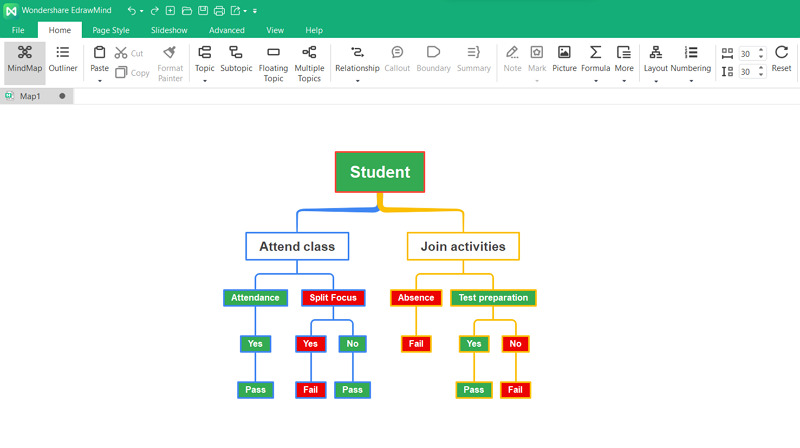
Decision Tree for Teacher
As a teacher, if you have a question of whether to go for delivering a lecture in particular or not, the below decision tree is for you.
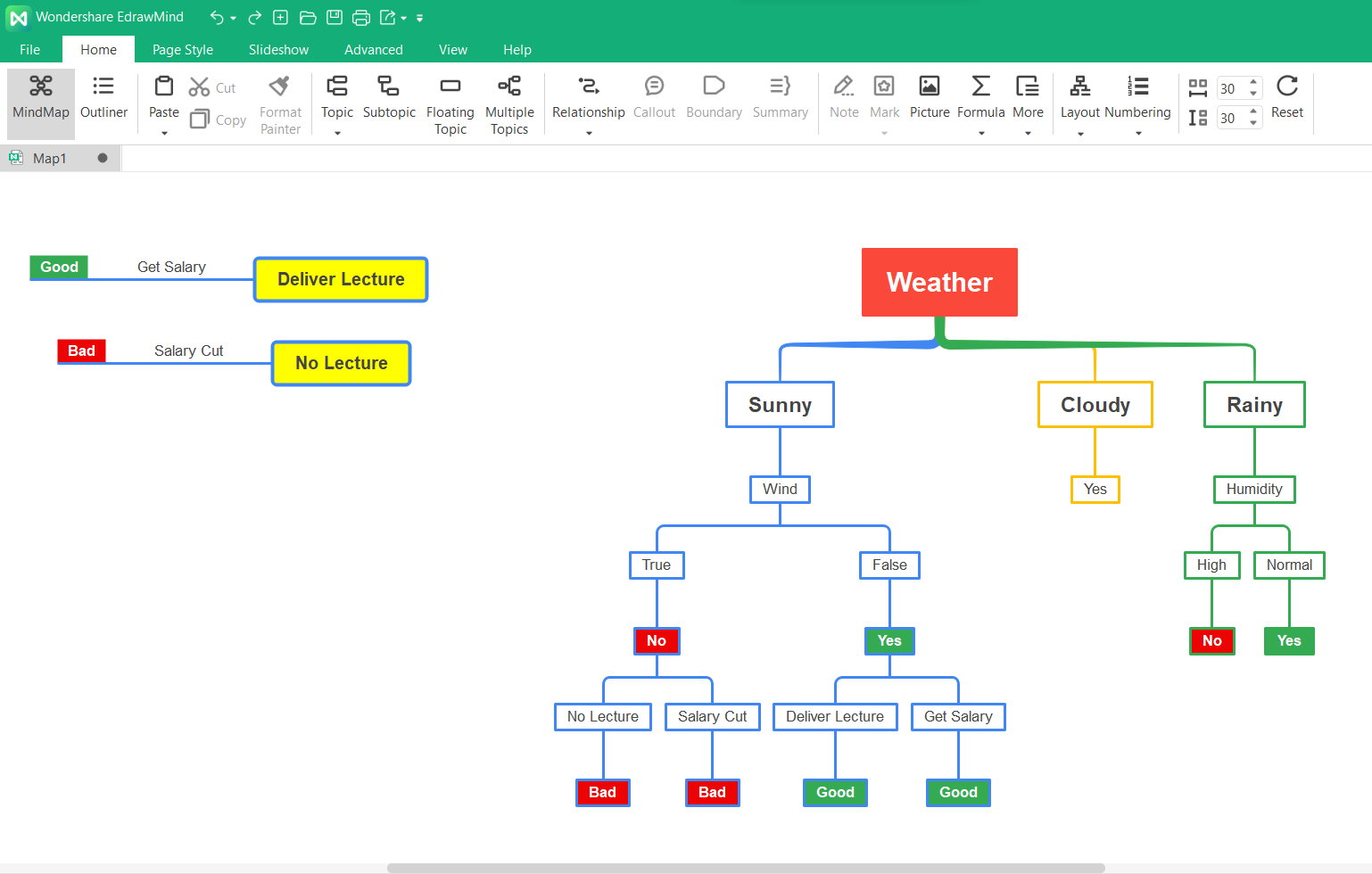
How to Draw Decision Tree via EdrawMind
EdrawMind is a comprehensive, credible, and efficient software to assist you in making mind maps, along with the fishbone diagrams and decision tree. Plus, you can add formulas, numbering, notes, marks, etc. Now, it’s time to draw a decision tree with EdrawMind.
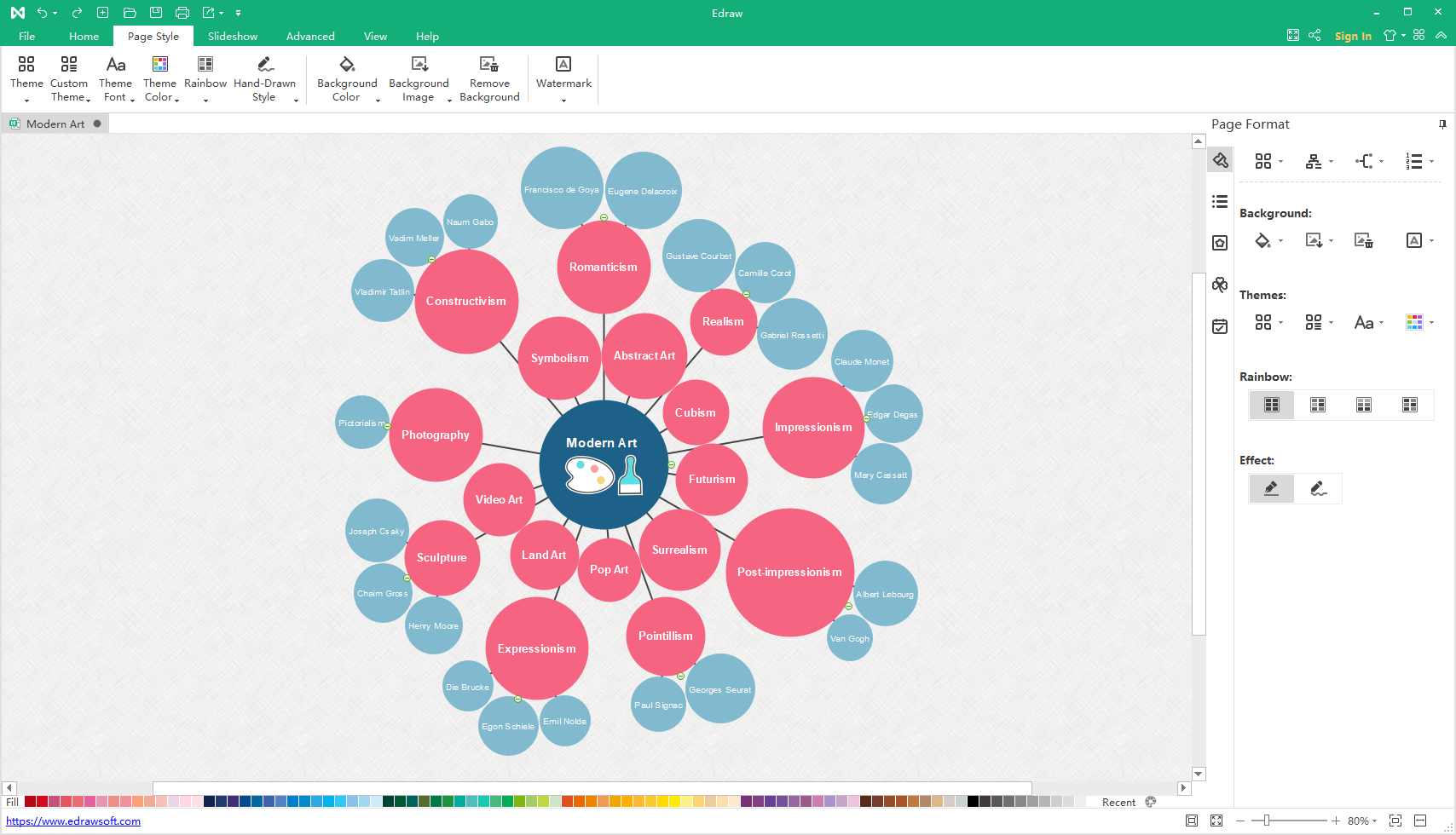
Step 1: Open EdrawMind Desktop
Once you have downloaded and installed the software on your system, open it, and click “New.” Here you will see various templates to pick from. You can choose “Org Chart” to proceed further.
Step 2: Create Your Decision Tree
The second step involves drawing the decision tree without any delay. From the “Home” section, you can use the desired tools. The topic, subtopic, floating topic, and multiple topics. Even it is possible to add branches if required. Keep adding or removing parts until the tree is all done. Now enter the text in each box of your decision tree diagram.
Step 3: Edit the Decision Tree
Now it’s time to add visuals and tones to enhance your decision tree diagram. You can check the Format section from the right-hand side to change the Theme, Layout, and Connector Style. Also, there is a variety of shapes, branches, and font styles. Keep on changing everything until you get the desired output decision tree diagram. That’s all!
How Does the Decision Tree Work
Though a decision tree works as a tool, its applications are spanning in different areas. Not only is it used to solve regression problems but also classification to make a decision. Even its name implies that it is a tree-like flow chart that displays predictions based on multiple factors. Starting from a root node, the tree leads to a decision (leaves node) connected by a series of branches. The decision tree provides us with the probability of a specific decision in a certain situation.
If you have three choices in a scenario, it’s better to write the pros and cons for each choice. Also, it counts the prediction for a choice. After considering all the details of a decision, you will need to go for the one that has a minimum chance of loss. So a decision tree helps you to lower the risks of going wrong in a specific situation.
However, you need to do research before drawing a decision tree or an upside-down tree. The data gathering is the first step toward it. The more detailed and accurate data you collect, the easier it will be to decide something in a confused state.
Pros & Cons of Decision Tree
A decision tree is easy to understand and comprehend, perfect for visualization. You can explain it quickly to the stakeholders and technical teams. It is similar to the white box model, which implies the human decision-making process. It solves your problems by turning the wide data into a tree visualization. However, you can also solve the classification and regression problems. While preprocessing data preparation, a decision tree requires less effort to convert data than other algorithms.
Furthermore, it does not need normalization and scaling of data. Even the missing data values do not have any impact on the building process of a decision tree. Simply, it helps you consider the pros and cons of a certain decision in an easier manner. As far as the disadvantages of a decision tree are concerned, they are not many but considerable. If a small change in your data happens, it will lead to a significant change and complete instability in your decision tree structure.
In addition, it may seem complex for beginners or first-time users since it requires much time for this model training. Not only is it expensive in data & complexity, but also inadequate for predicting continuous values and applying regression.
Conclusion
A decision tree can improve your decision-making abilities by offering three components. The root node, leaf nodes, and branches display the main decision, course of action, and possible outcomes. So with this eagle eye view, you can easily assess the advantages, challenges, and chances of success in an effortless & quick manner.
Though several software in the market assists you in making the decision trees, EdrawMind is considered an ideal one. The reason lies in the fact that it offers the best decision tree templates, along with a simple, intuitive, and user-friendly interface. Even you can take benefit from its other extension functionalities!.
